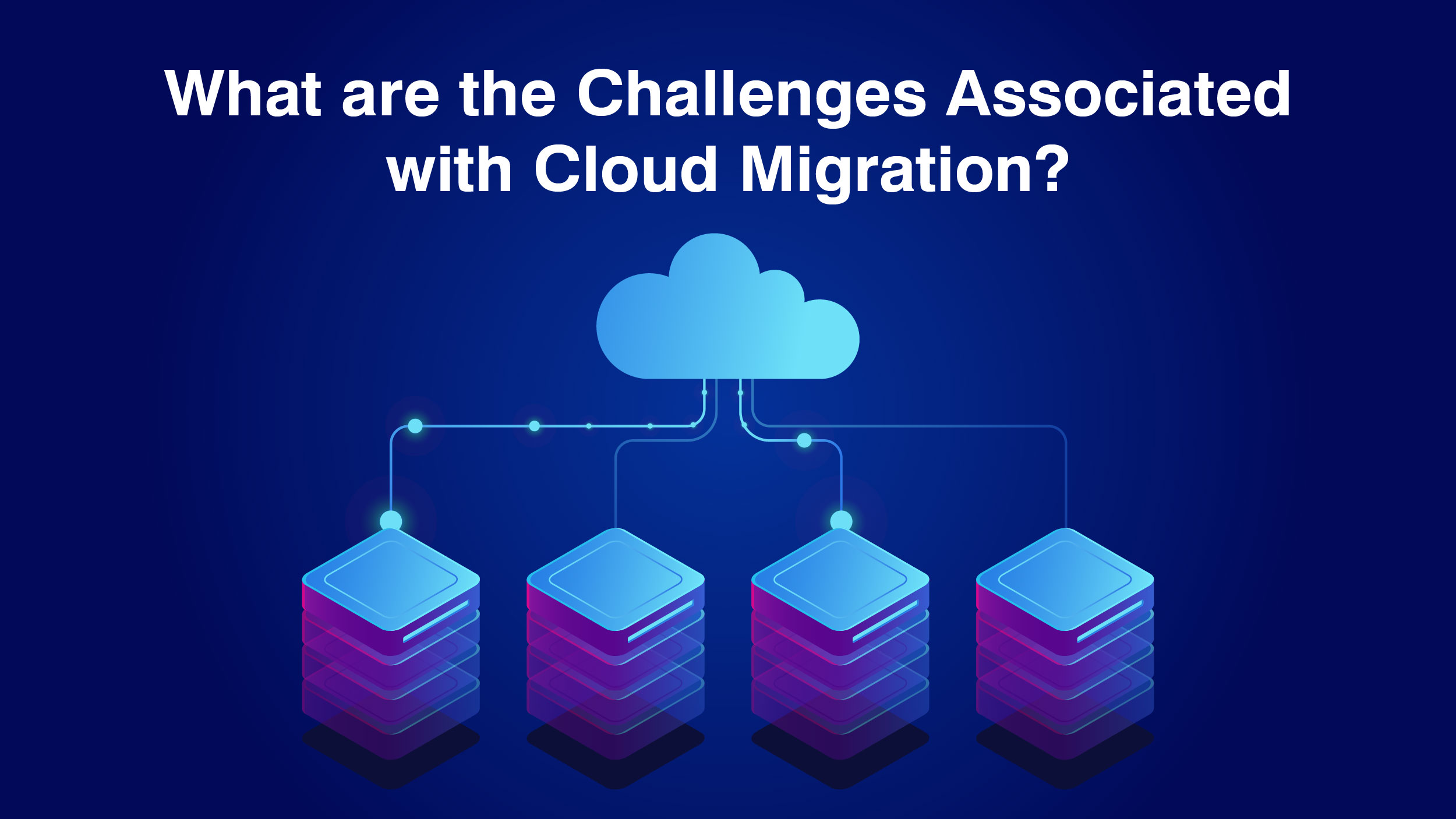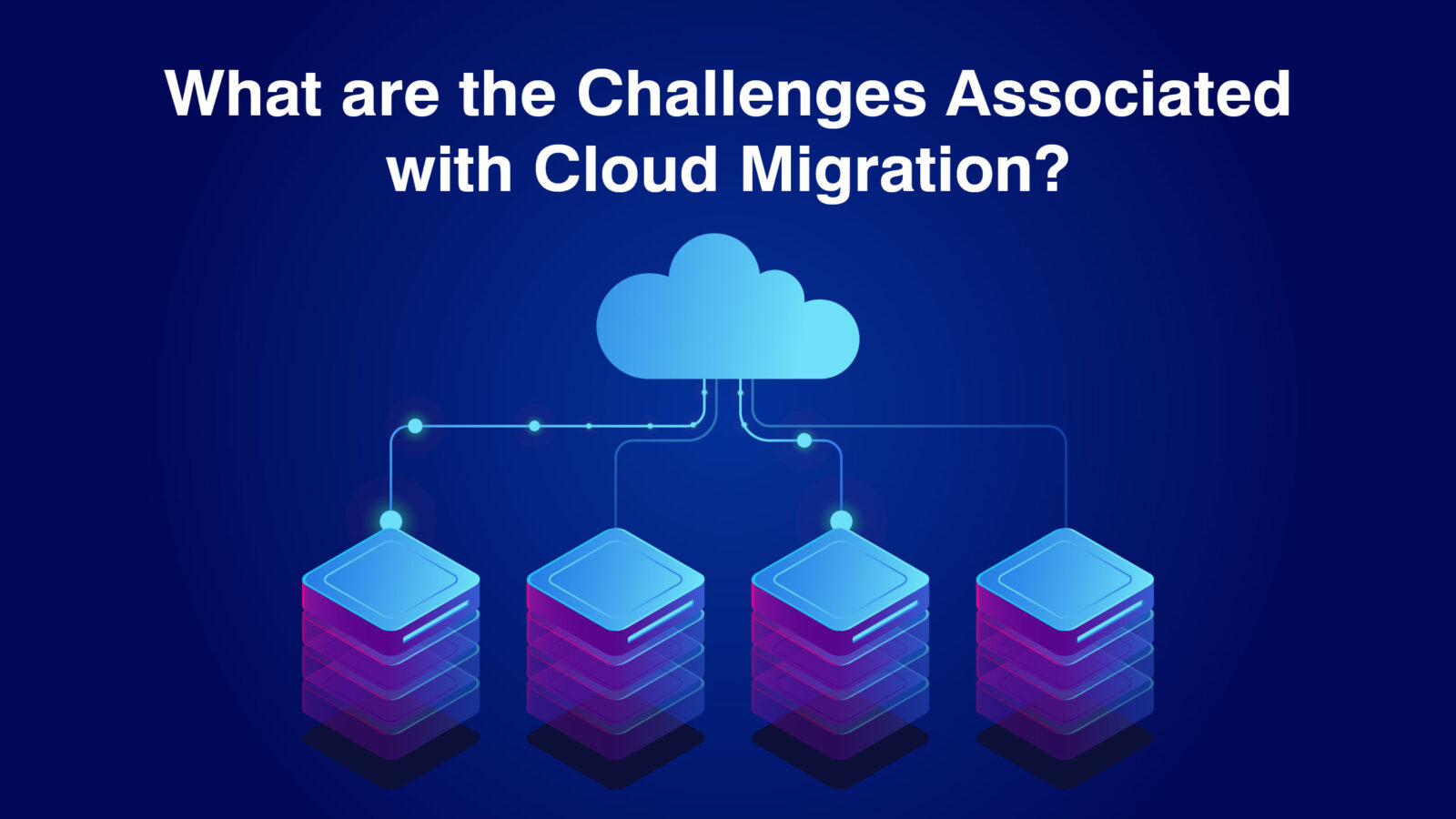What is Cloud Migration?
Cloud migration involves transferring digital business operations to the cloud, similar to physically relocating but with data, applications, and IT processes. Like moving to a larger office, careful planning is pivotal. However, this transformation brings cost savings, increased adaptability, and improved efficiency. The process enables organizations to streamline operations, utilize cloud services, and enhance their competitive edge through flexibility, scalability, and accessibility.
Cloud migration is the process of moving from old or on-site infrastructure to cloud solutions. It can also involve moving data and applications between different cloud platforms. Essentially, it involves relocating digital resources like databases and software.
Migrating to the cloud has many benefits for businesses when they transfer their data and applications to cloud-based platforms. Migrating resources to the public cloud provides many advantages that organizations find attractive. Let’s delve into these benefits further.
What are the Benefits of Cloud Migration?
 Now that we know what cloud migration is, let’s have a look at the numerous benefits it offers.
Now that we know what cloud migration is, let’s have a look at the numerous benefits it offers.
- Scalability: Cloud computing offers the distinct advantage of easily scaling to accommodate larger workloads and a greater number of users compared to traditional on-premises infrastructure. In the past, companies were required to invest in and configure physical servers, software licenses, storage, and network equipment in order to expand their business services. However, with cloud computing, this cumbersome process is alleviated as businesses can effortlessly adjust their resources to meet growing demands.
- Cost: Cloud providers offer managed services to reduce operational burdens and streamline maintenance, like upgrades. Transitioning to the cloud enables businesses to save on IT operations costs, allowing them to allocate more resources to innovation. Cloud services simplify workflows and fuel growth by emphasizing innovation.
- Performance: Cloud computing migration brings several benefits, including improved performance and a better user experience. According to research, 42% of companies identified a lack of cloud skills. By hosting applications and websites in the cloud, organizations can easily scale up to meet growing user demands. Cloud services can also be deployed in multiple locations, reducing network latency and ensuring smooth connectivity. This minimizes data transfer time.
- Digital experience: Cloud services and data offer convenient access from anywhere, benefiting both employees and customers. Within the next year, 48% of companies plan to move at least half of their applications to the cloud, while 20% aim to move all of their apps to the cloud. Hence, accessibility is vital for digital transformation, enabling businesses to enhance customer experiences and equip employees with versatile tools. Utilizing cloud technology streamlines operations boosts efficiency and promotes innovation.
What are the Challenges Associated with Cloud Migration?
 When organizations migrate to the cloud, they commonly face various challenges. Understanding these challenges is important for a successful transition. Cloud migrations can be complex and risky.
When organizations migrate to the cloud, they commonly face various challenges. Understanding these challenges is important for a successful transition. Cloud migrations can be complex and risky.
- Lack of Strategy: Many organizations underestimate the importance of planning when migrating to the cloud. To successfully adopt cloud technology, thorough planning is crucial. It is important to consider the specific requirements and considerations of each application and dataset during the migration process. Additionally, a clear business case must be presented to justify the migration of each workload to the cloud.
- Cost Management: Many organizations overlook the need to set clear KPIs when moving to the cloud, making it difficult to evaluate the financial impact of the migration and determine its success. Cloud environments are dynamic and costs can change rapidly due to the adoption of new services and increased application usage.
- Vendor Lock-In: This is a challenge for cloud technology users, as it limits the ability to transfer services between different platforms. Not all cloud services can be easily transferred, leading to difficulties and costs when migrating workloads between providers. Organizations often overlook these challenges when initially adopting cloud services.
In the digital era, it is essential to give significant thought to data security and compliance.
Cloud migration faces a major obstacle with regard to data security and compliance. In the shared responsibility model, cloud providers handle infrastructure security, while customers are accountable for securing their data and workloads.
Hence, it is crucial for organizations to correctly configure security measures and apply appropriate controls to all services and applications. The migration process itself poses security risks, especially when transferring large volumes of potentially sensitive data and setting up access controls across different environments.
How Does Cloud Migration Work?
It is crucial for companies to fully comprehend the complexities before taking any actions.
To ensure a successful transition to the cloud, it is important to carefully evaluate your operations and understand the necessary capabilities and activities for each step of the cloud migration process.
With that in mind, the essential steps for migrating to the cloud are:
● Determine the business value
When developing your strategy and crafting your business case, it is crucial to determine the business value that can be achieved through cloud migration.
Moving to the cloud is not just about technology, it should be driven by the desired business outcomes and specific objectives of the company. To develop a robust strategy for migrating to the cloud and create a business case, it is important to determine the applications that will be moved to the cloud and the type of cloud environment. Furthermore, careful infrastructure planning is essential for a successful migration.
Certain apps are suitable for cloud migration, especially those with fluctuating usage, wide public access, or plans for modernization in the near future. Likewise, some apps are not suitable, either due to complexity or risk factors, or because they will not yield a sufficient return on investment. It is crucial to determine this early on to ensure a smooth and successful migration.
● Create a blueprint for relocation
Discovery and assessment involve determining what needs to be relocated, and where it should be relocated.
Managing risk is crucial for businesses. In addition to expecting improved flexibility, cost, and control, it is important to anticipate how application performance may be affected by infrastructure changes.
Businesses must assess their current infrastructure, applications, and data to determine their existing architecture and identify the suitable components for migration to the cloud.
The cloud migration assessment helps migration planners make informed decisions by using application discovery, dependency mapping, risk assessments, and optional predictive analysis. This minimizes risk and ensures service level agreements are met post-migration.
● Plan your cloud itinerary
Cloud migration involves the crucial task of actually moving things to the cloud, which requires significant effort.
The process usually includes updating current applications for the cloud, creating new cloud-native applications, and modifying the architecture and infrastructure. The aim is to develop a new technology model and culture that facilitates faster, more effective, and efficient innovation.
Automated tools are essential for a smooth migration, enabling faster and more consistent movement with high quality. When combined with specialized skills and accelerators, they form a cloud migration factory that can expedite the journey. A robust cloud journey management plan is also crucial to ensure well-paced progress and effectiveness.
To Sum Up
Cloud migration assists businesses with scalability, security, cost reduction, and flexibility. Transitioning to the cloud unlocks growth opportunities and paves the way for innovation and streamlined operations. However, successful migration demands extensive planning, addressing challenges, and understanding organizational needs. Proper strategy and execution can empower businesses to drive efficiency, agility, and competitiveness in the digital landscape.

































